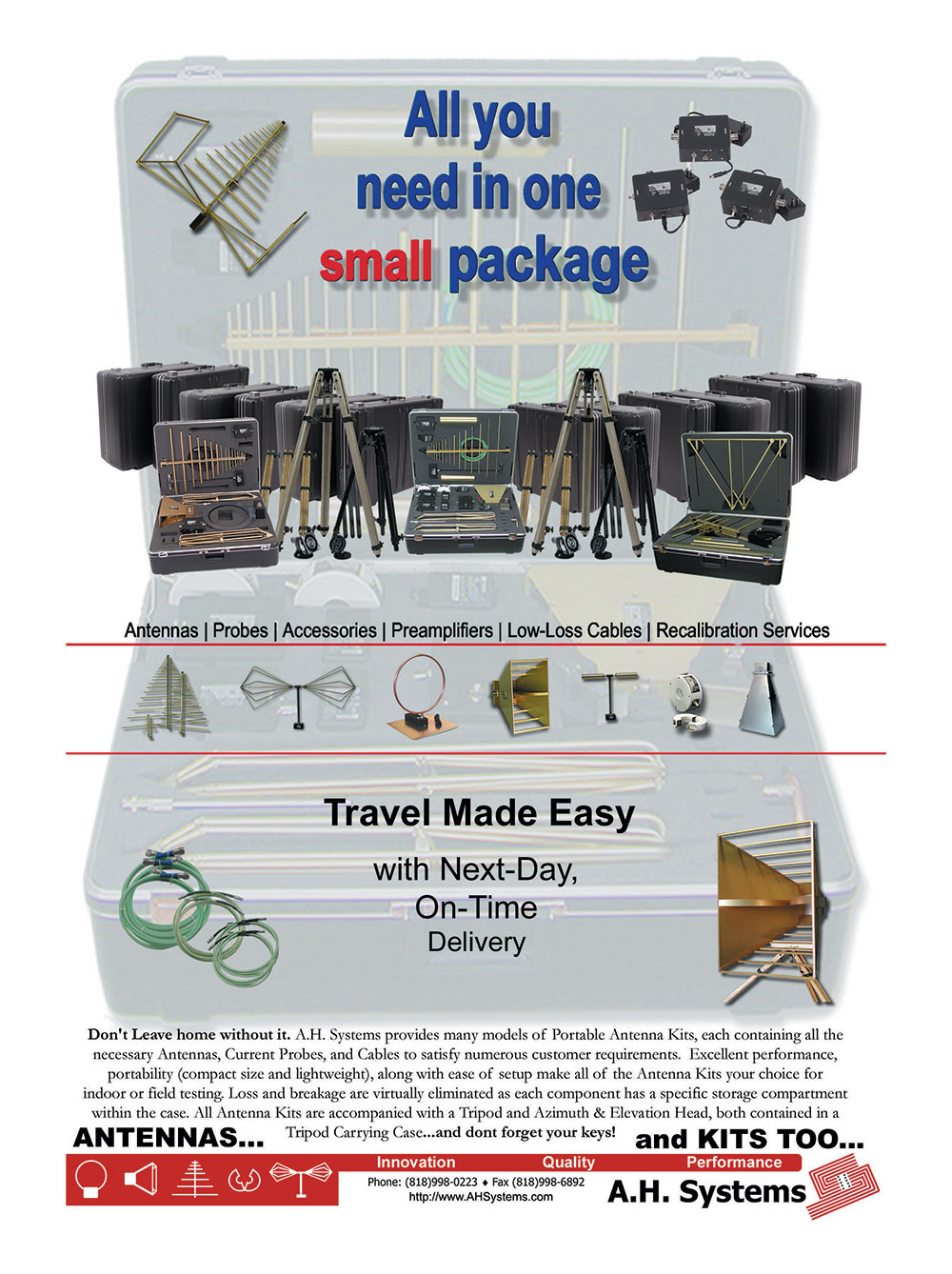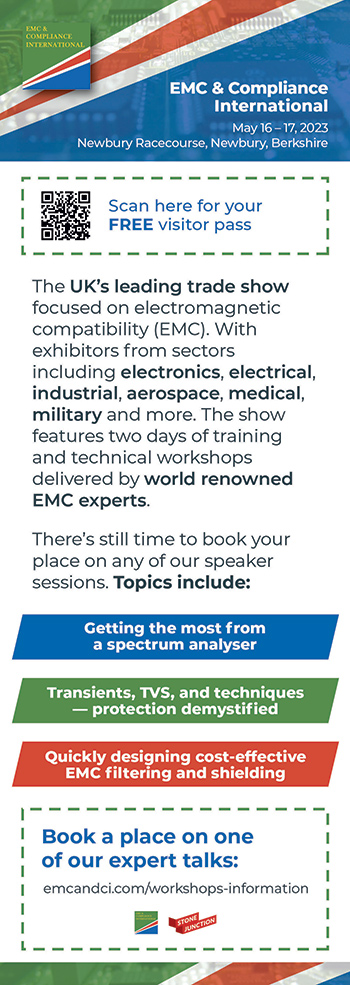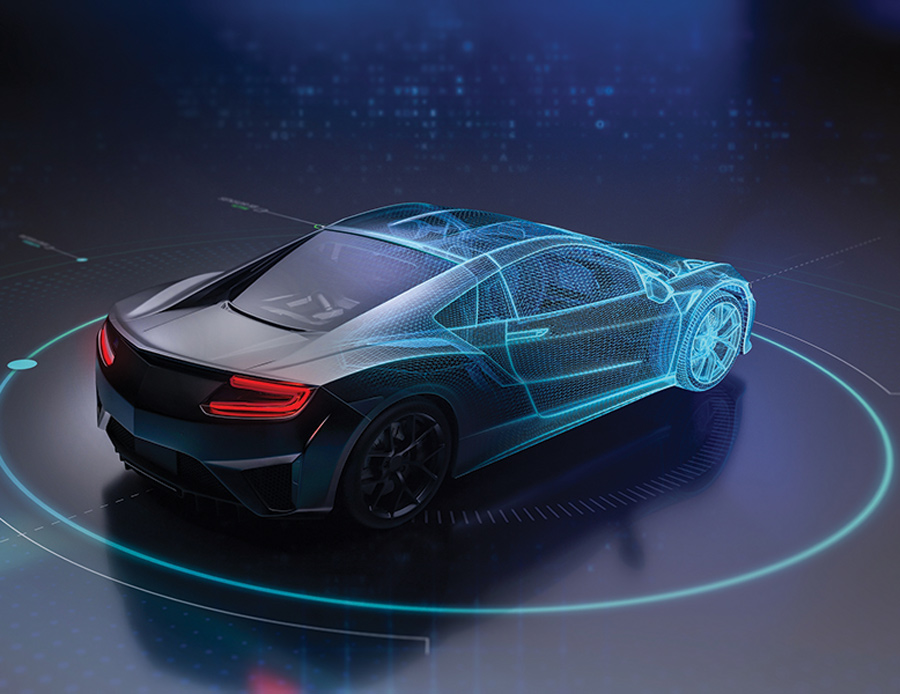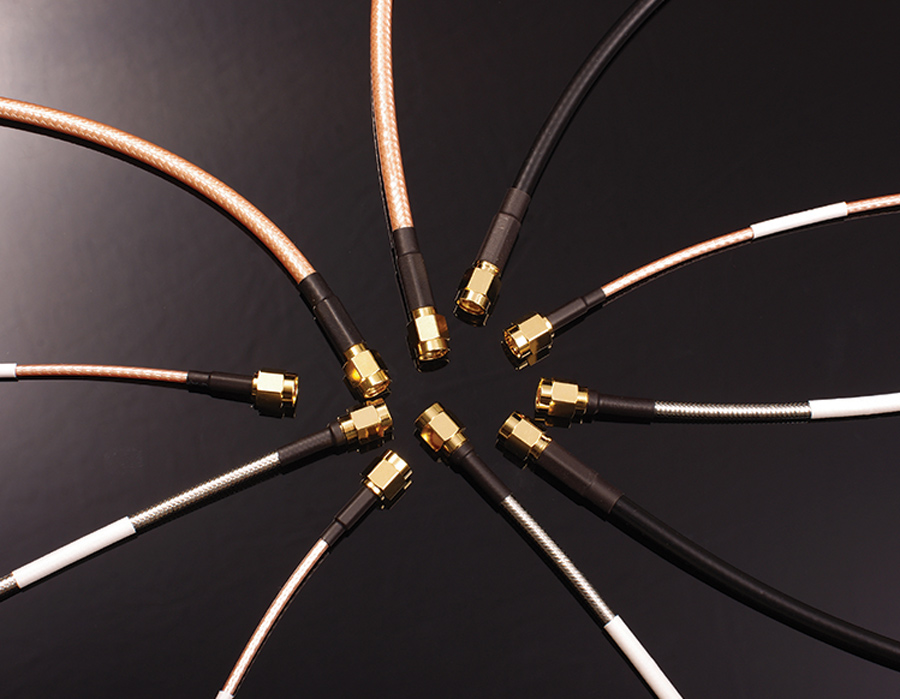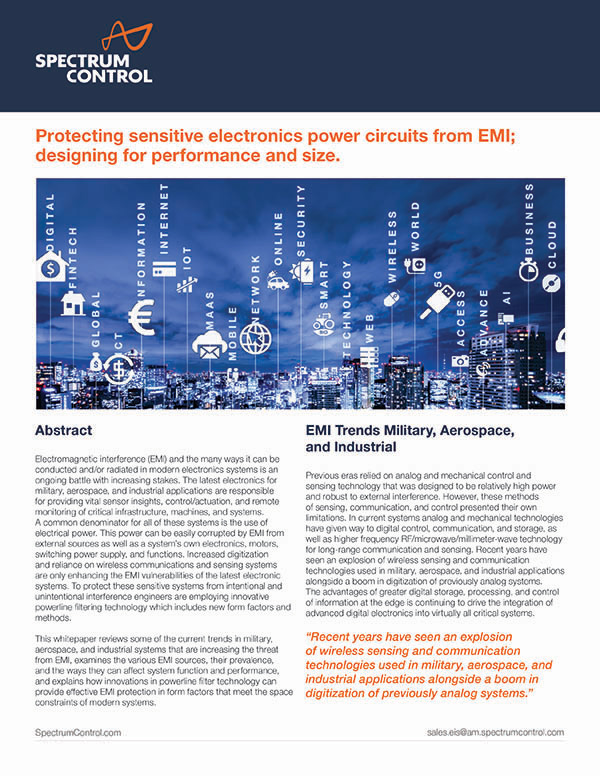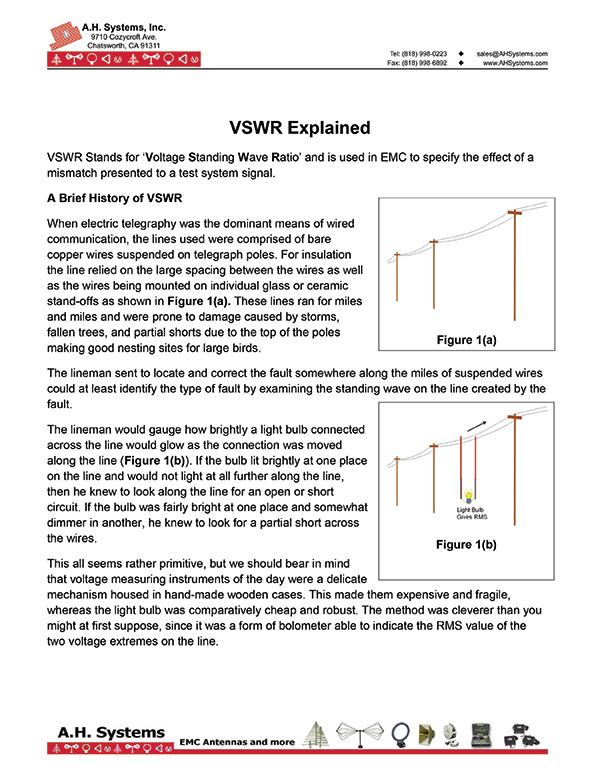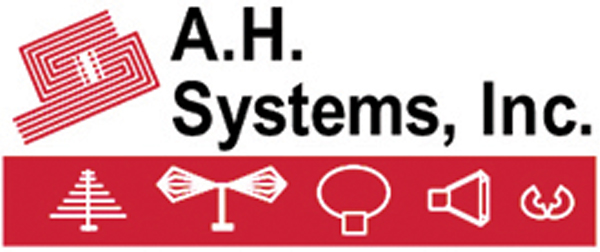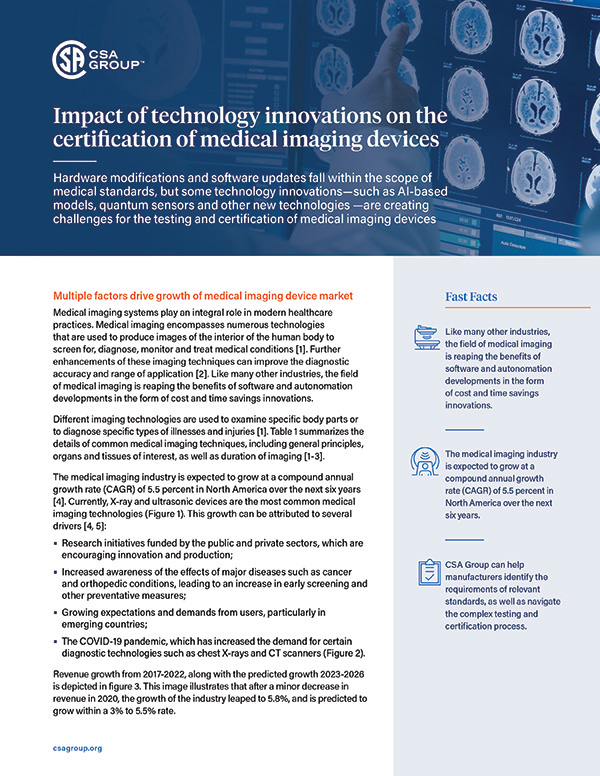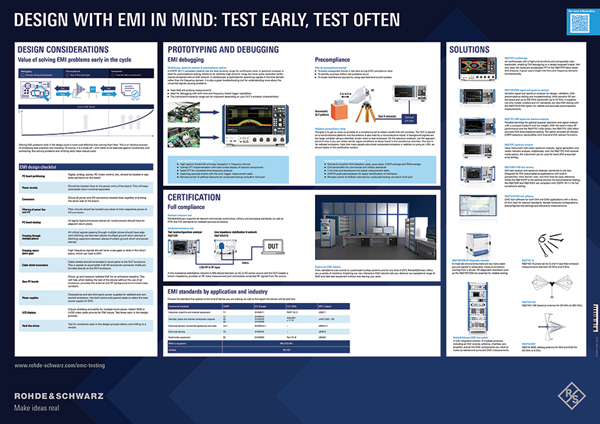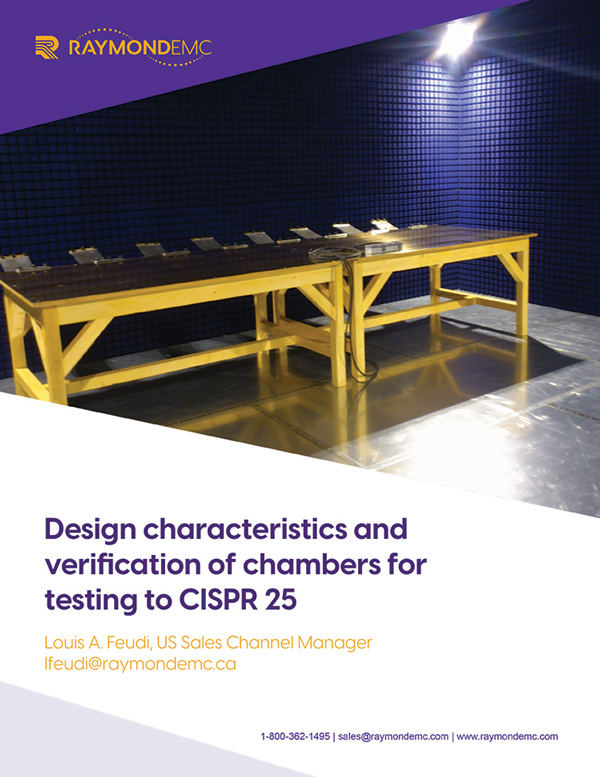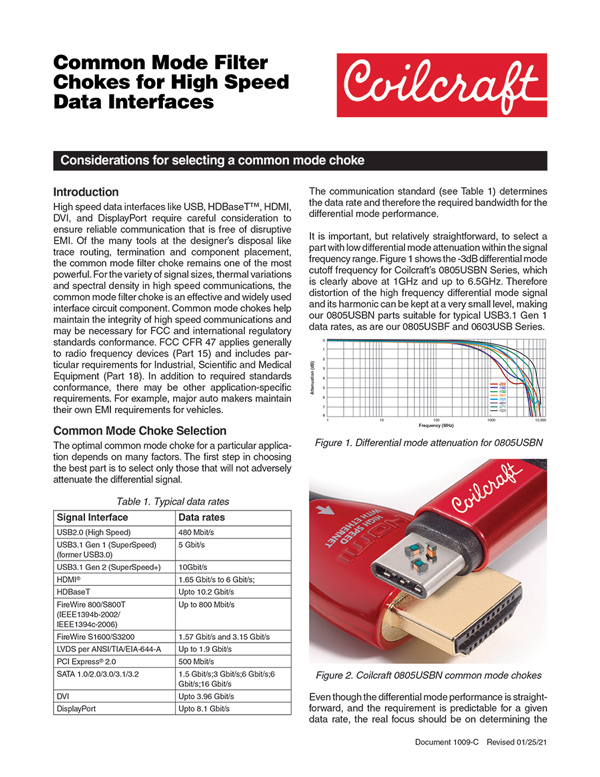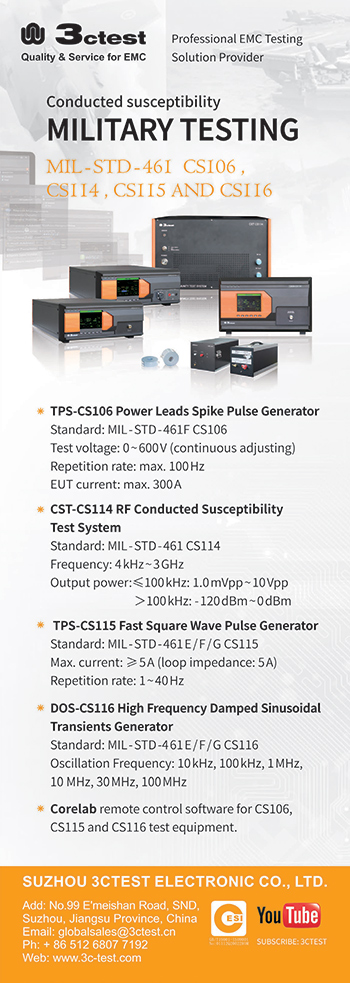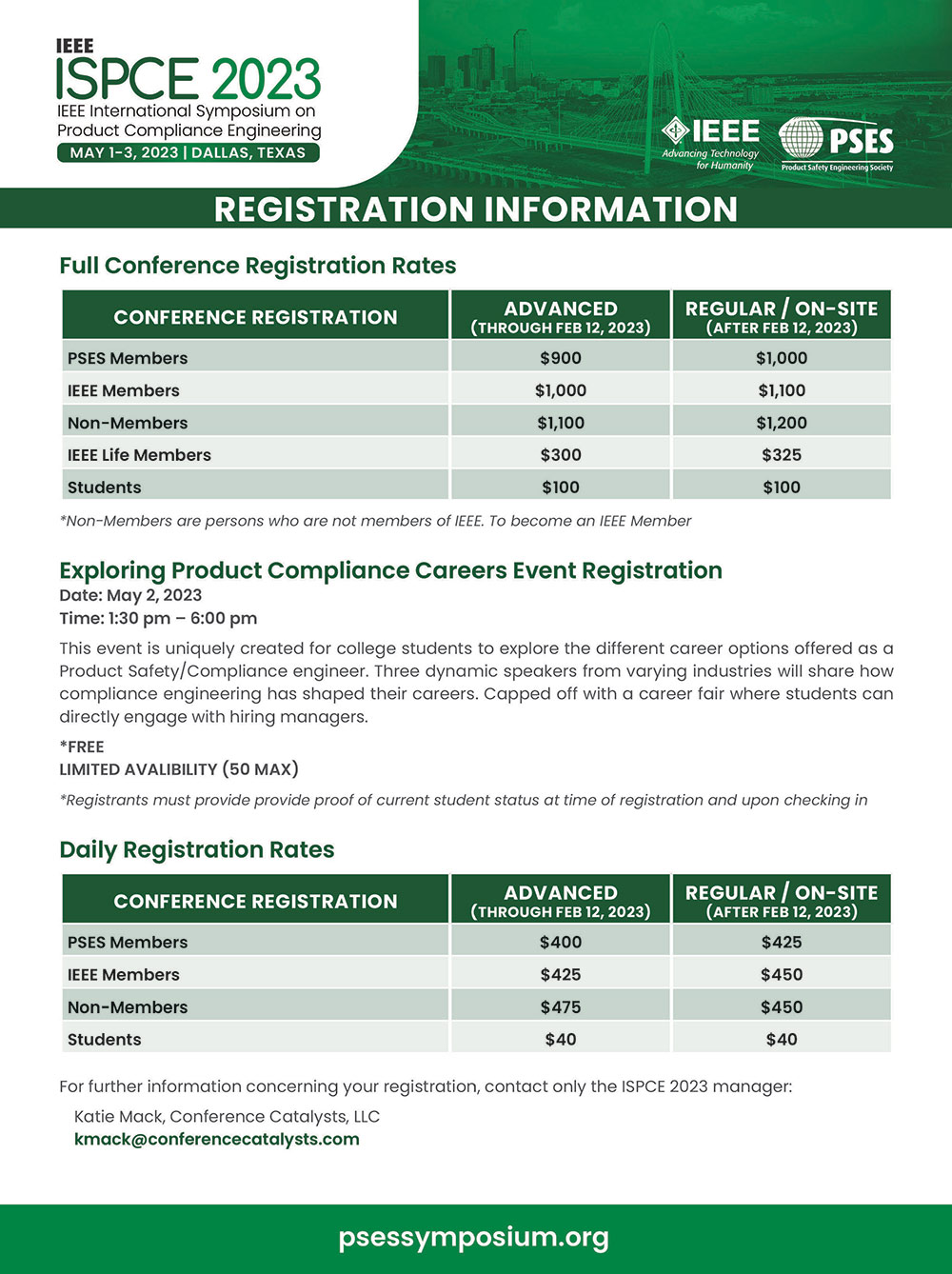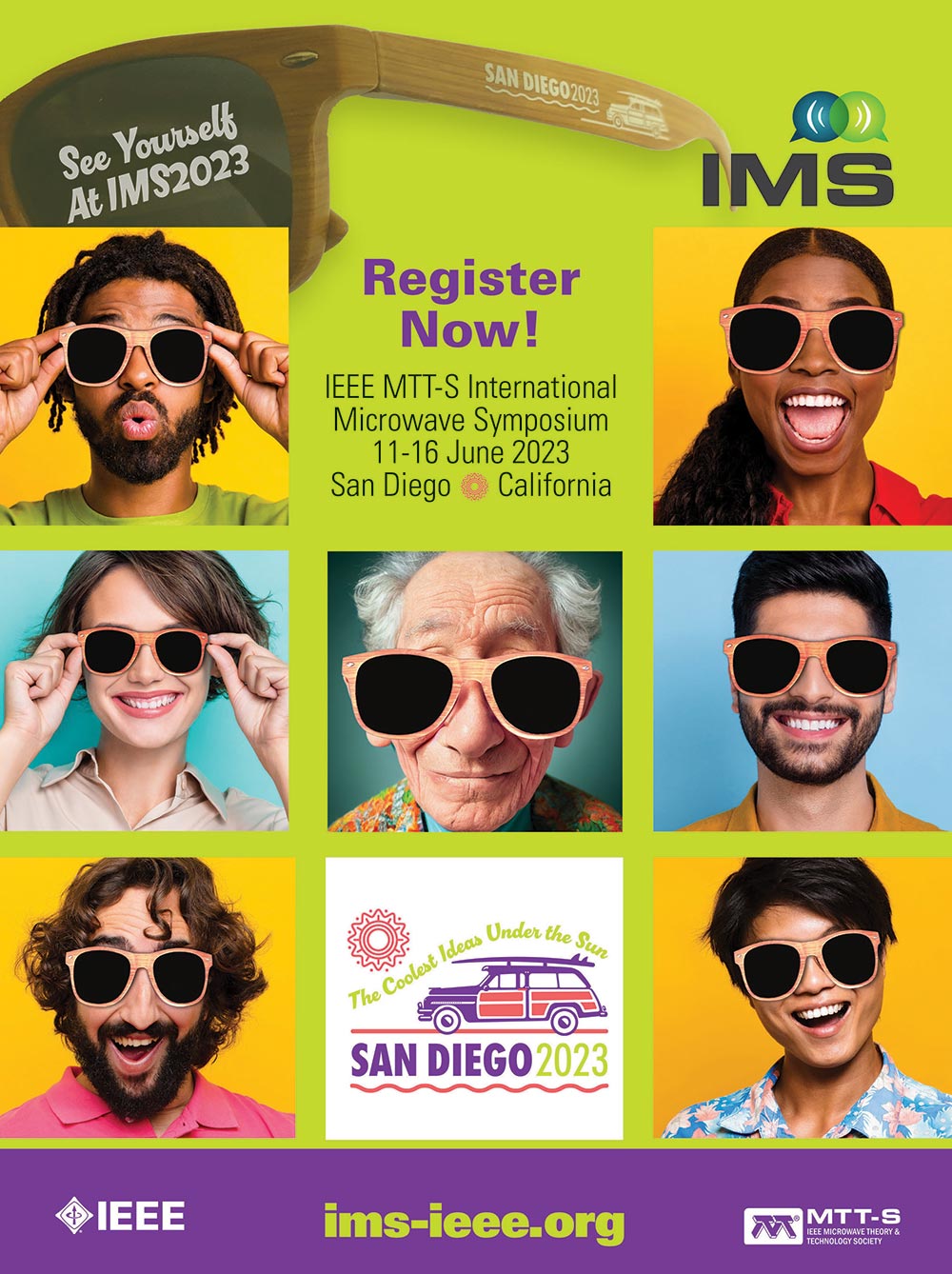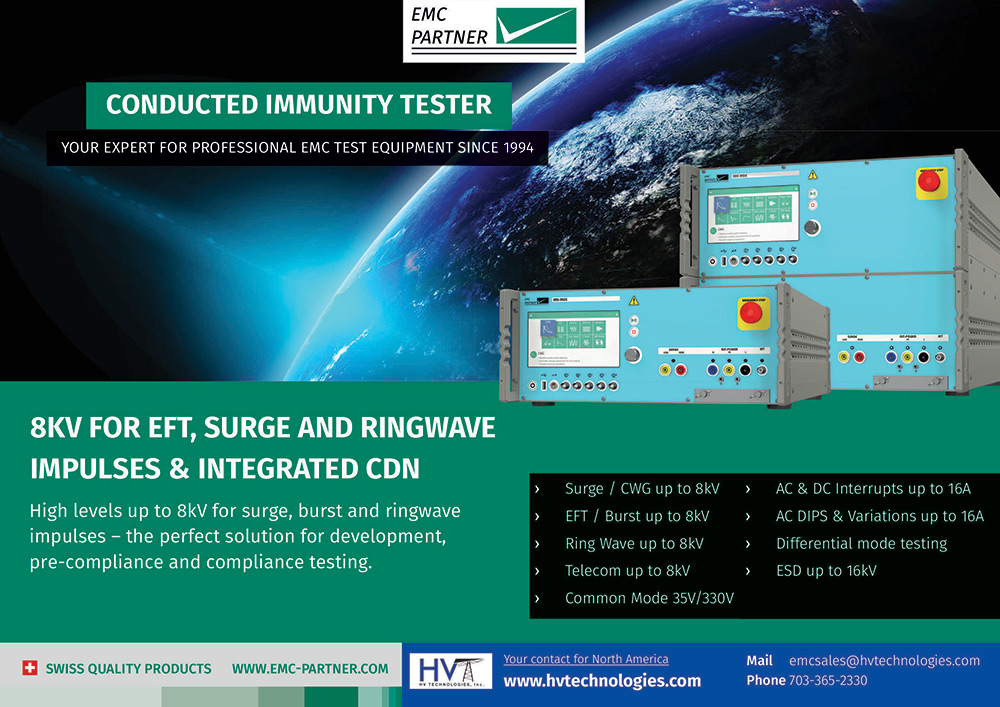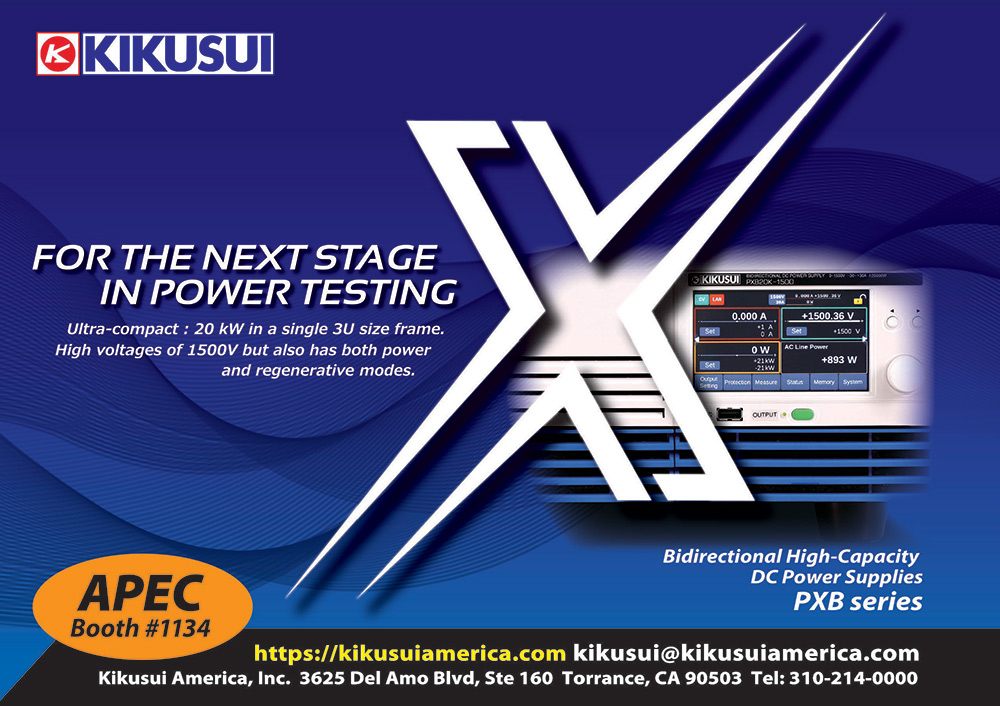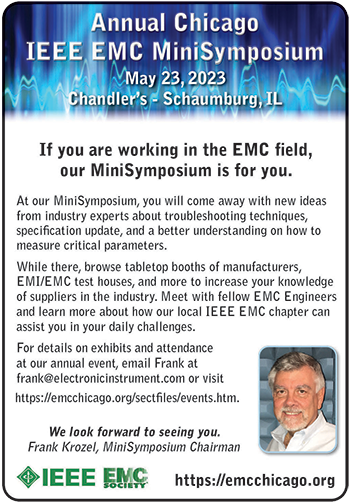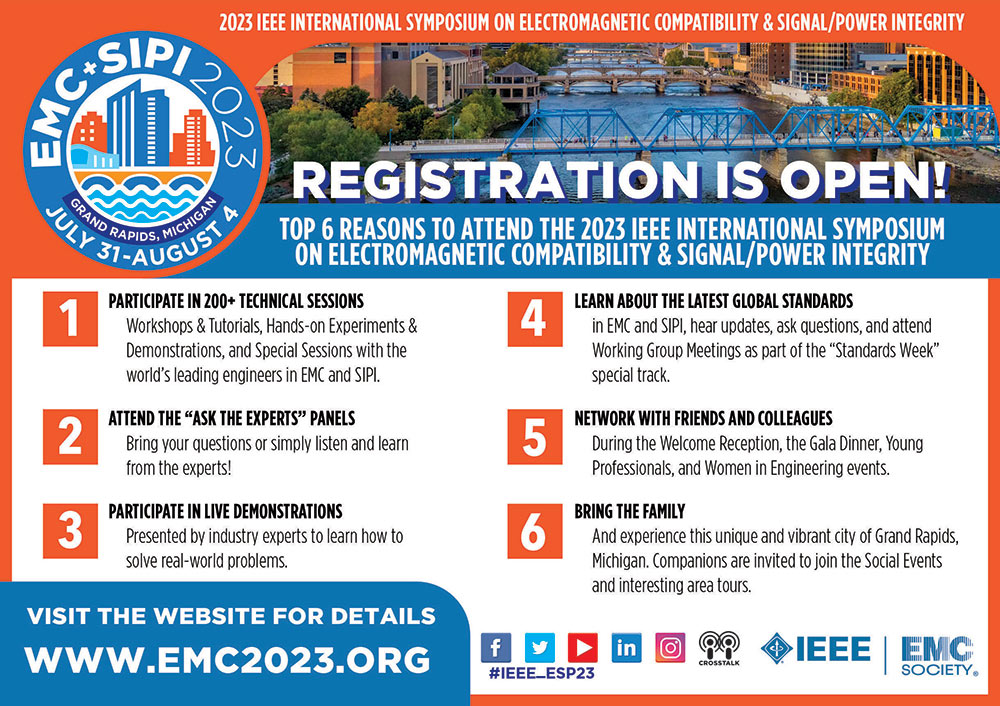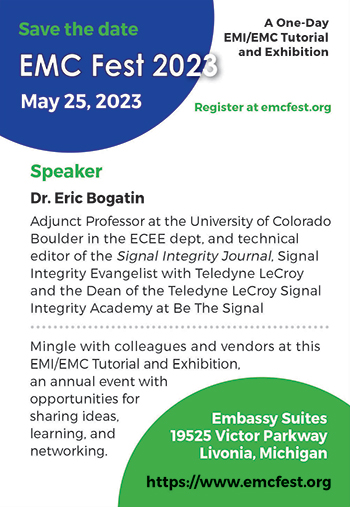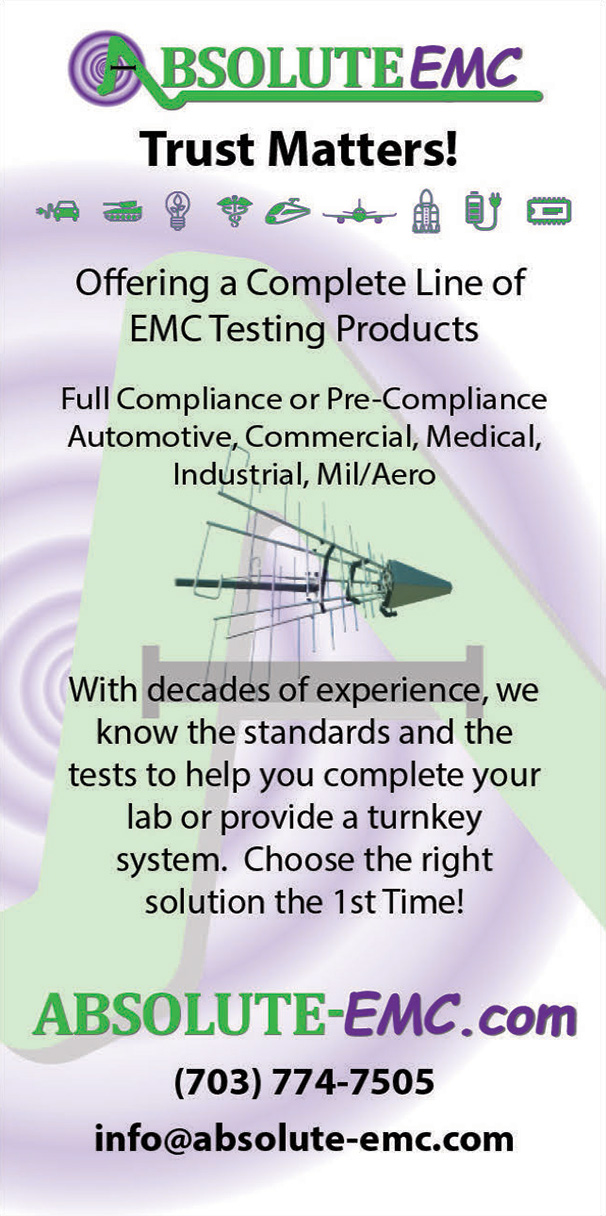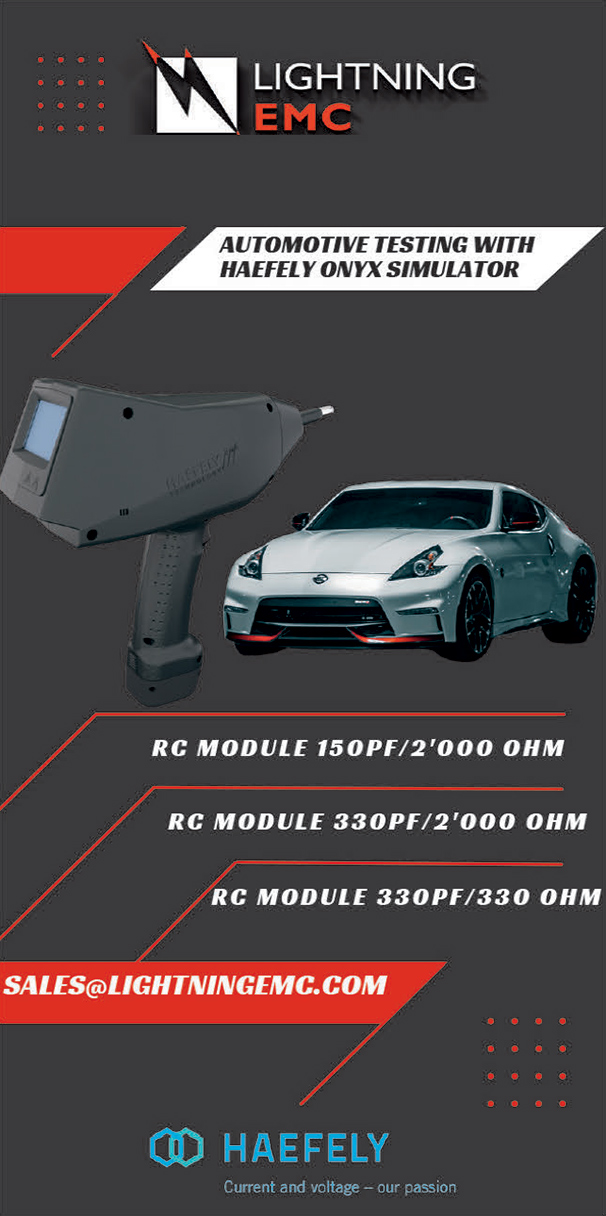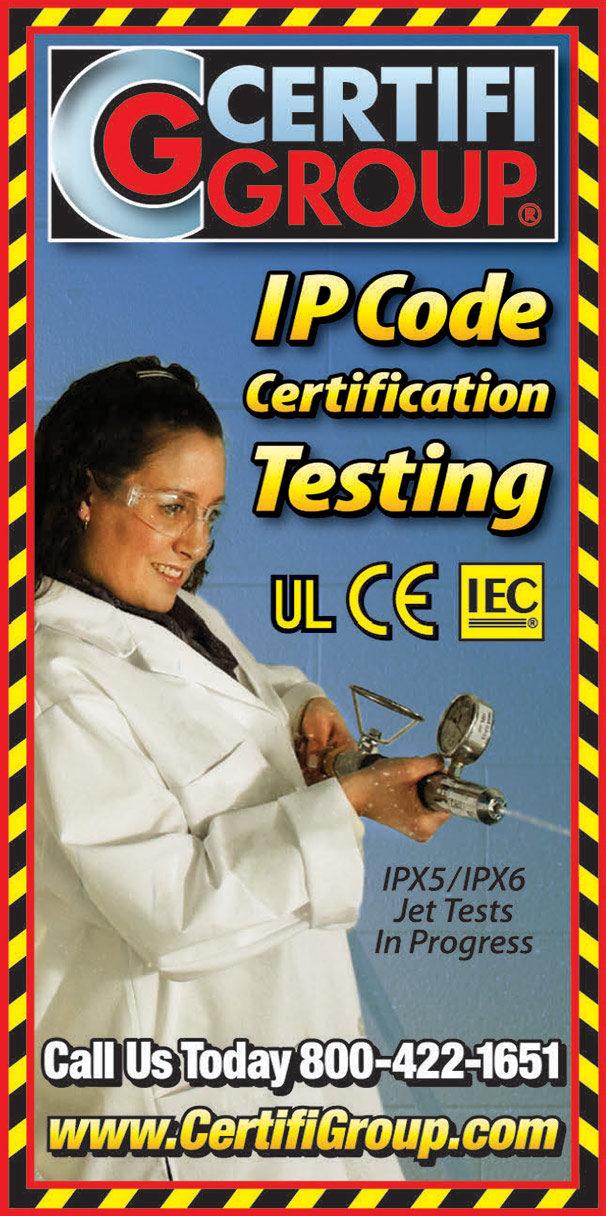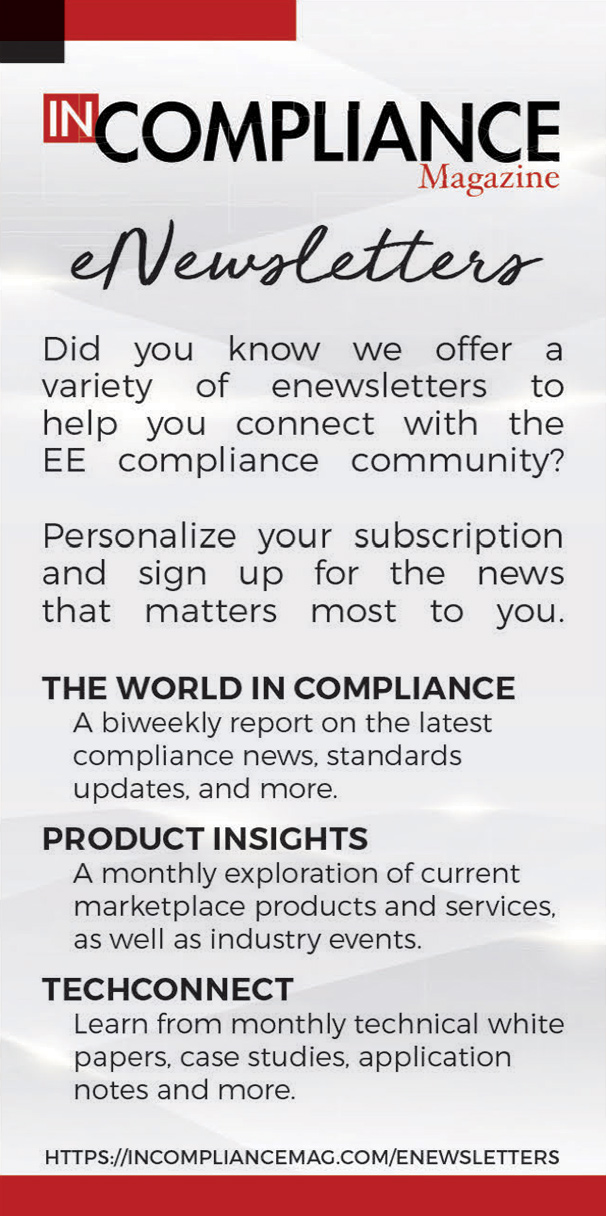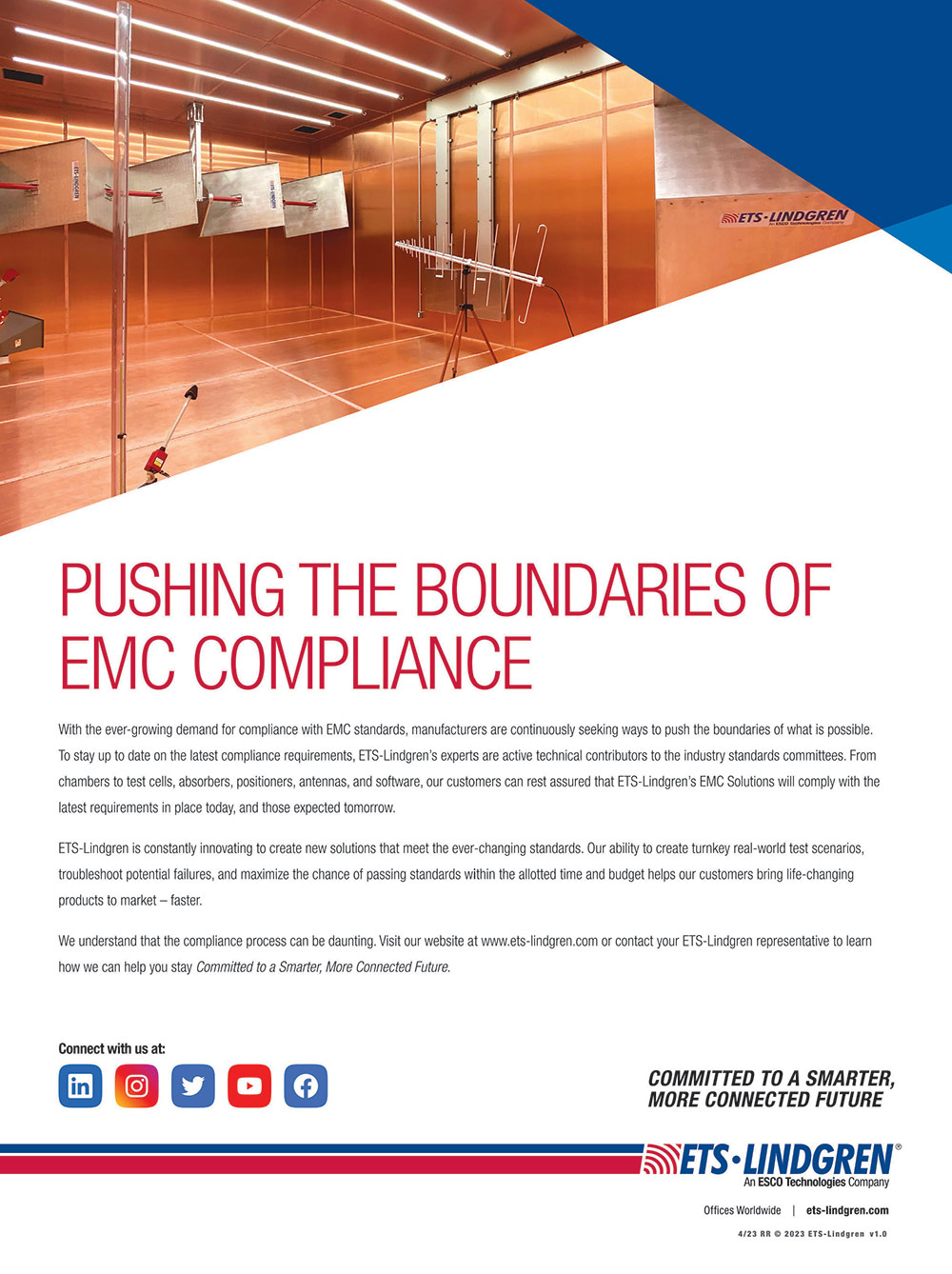
Intra-System EMI
Automotive EMC Testing: CISPR 25, ISO 11452-2, and Equivalent Standards, Part 2
9 Steps to Select a Test Cable for Millimeter Wave Applications

Automotive EMC Testing: CISPR 25, ISO 11452-2, and Equivalent Standards, Part 2
9 Steps to Select a Test Cable for Millimeter Wave Applications
Ever Thought Possible
Or contact us at info@arworld.us & 215.723.8181
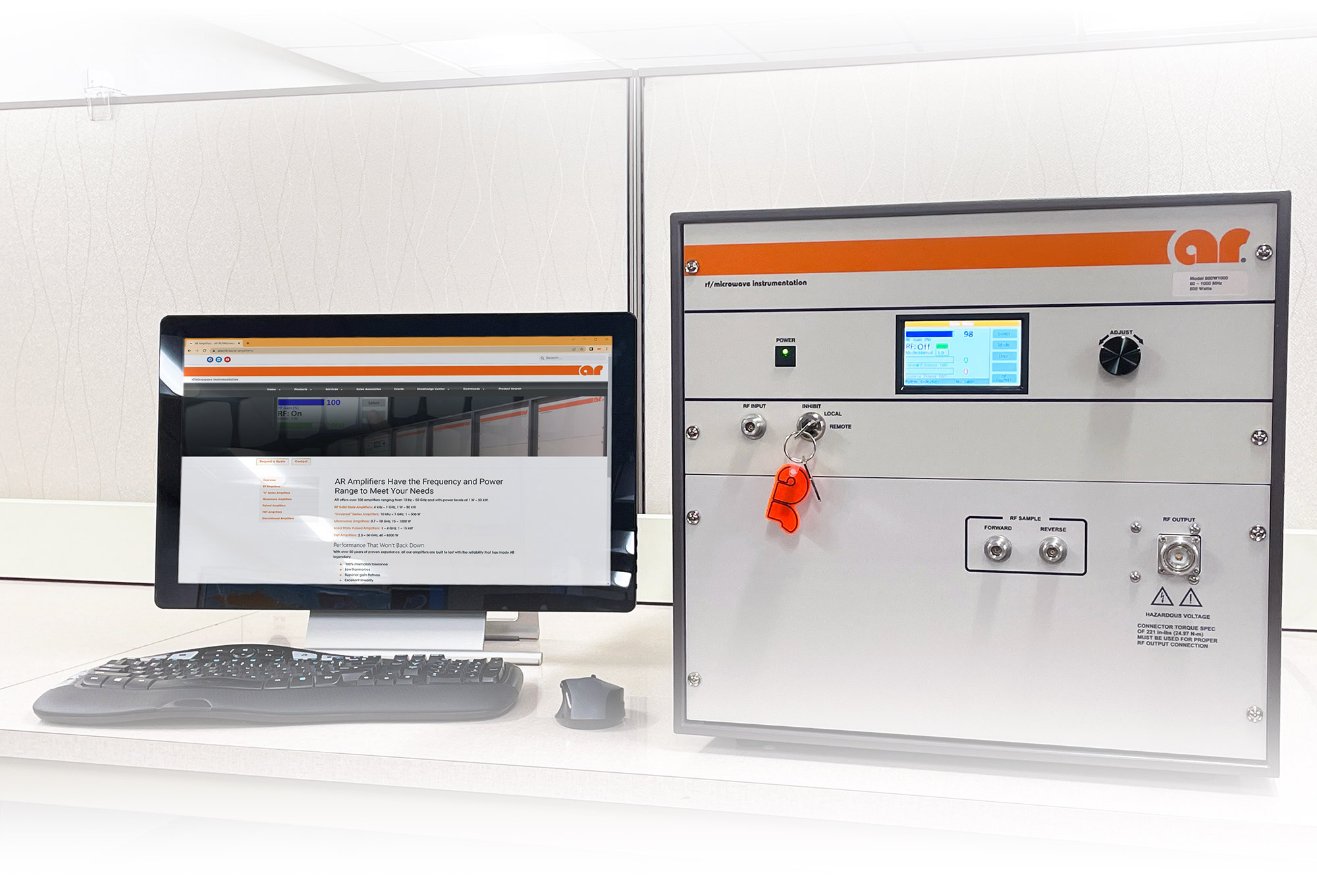

ISSN 1948-8254 (print)
ISSN 1948-8262 (online)
is published by
Same Page Publishing Inc.
451 King Street, #458
Littleton, MA 01460
tel: (978) 486-4684
fax: (978) 486-4691
©Copyright 2023 Same Page Publishing, Inc. all rights reserved
Contents may not be reproduced in any form without the prior consent of the publisher.
While every attempt is made to provide accurate information, neither the publisher nor the authors accept any liability for errors or omissions.
publisher
bruce@brucearch.com
keith.armstrong@
cherryclough.com
Leo@EisnerSafety.com
dgerke@emiguru.com
ken.javor@emcompliance.com
kenrossesq@gmail.com
wernerschaefer@comcast.net
Subscriptions outside North America are $129 for 12 issues. The digital edition is free.
Please contact our circulation department at circulation@incompliancemag.com

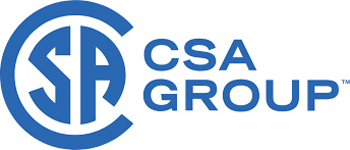

According to a recent article posted to the website “Patently Apple,” a patent application, titled “Electromagnetic Shielding Testing Chamber with Ventilation,” was published earlier this month by the U.S. Patent & Trademark Office. The patent application details a testing apparatus for electromagnetically sensitive equipment that includes…
The Commission is seeking to extend the validity of certificates issued between May 2017 and May 2021 under Directive 93/42/EEC for medical devices…

he concepts of intra-system and inter-system electromagnetic compatibility (EMC) are defined in [1]. Inter-system EMC focuses on the compatibility of a system with its environment and with other systems and apparatus in that environment. Intra-system EMC, on the other hand, deals with the compatibility with each of the various other items within the system.
Experience has shown that most intra-system EMI issues are related to inadequate grounding structure, as the power and signal integrity of devices in a system are tied to the return path. This article will review three case studies to illustrate how to achieve a proper grounding structure.
the Rest
industry firsts
with our frequency
& power capabilities

1.0-18.0GHz, 100W, 200W, 300W, 500W…
1.0-40.0GHz, as well and for the 18.0-40.0GHz range 40W, 100W, 200W
can do this anywhere!!!
3674 E. Sunset Road, Suite 100, Las Vegas, Nevada 89120
702-534-6564 • www.exoduscomm.com • sales@exoduscomm.com

chieving ISO/IEC 17025:2017 accreditation for your electronics testing laboratory can be an exhaustive and time-consuming process. But an outside evaluation based on internationally recognized standards can improve your organization’s overall competitive advantage. Accreditation not only showcases your organization’s commitment to quality work but also demonstrates the integrity of your personnel and supports the validity of your test results.
Whether your organization is seeking ISO/IEC 17025 accreditation for the first time or renewing your current accreditation, there are a few frequently overlooked or misunderstood sections of the ISO/IEC 17025 standard to pay close attention to. If you and your team members are aware of the common deficiencies most often experienced in connection with these sections, you’re better positioned to identify them through internal audits and address them before seeking accreditation from an outside accreditation body.
CISPR 25, ISO 11452-2, and Equivalent Standards, Part 2
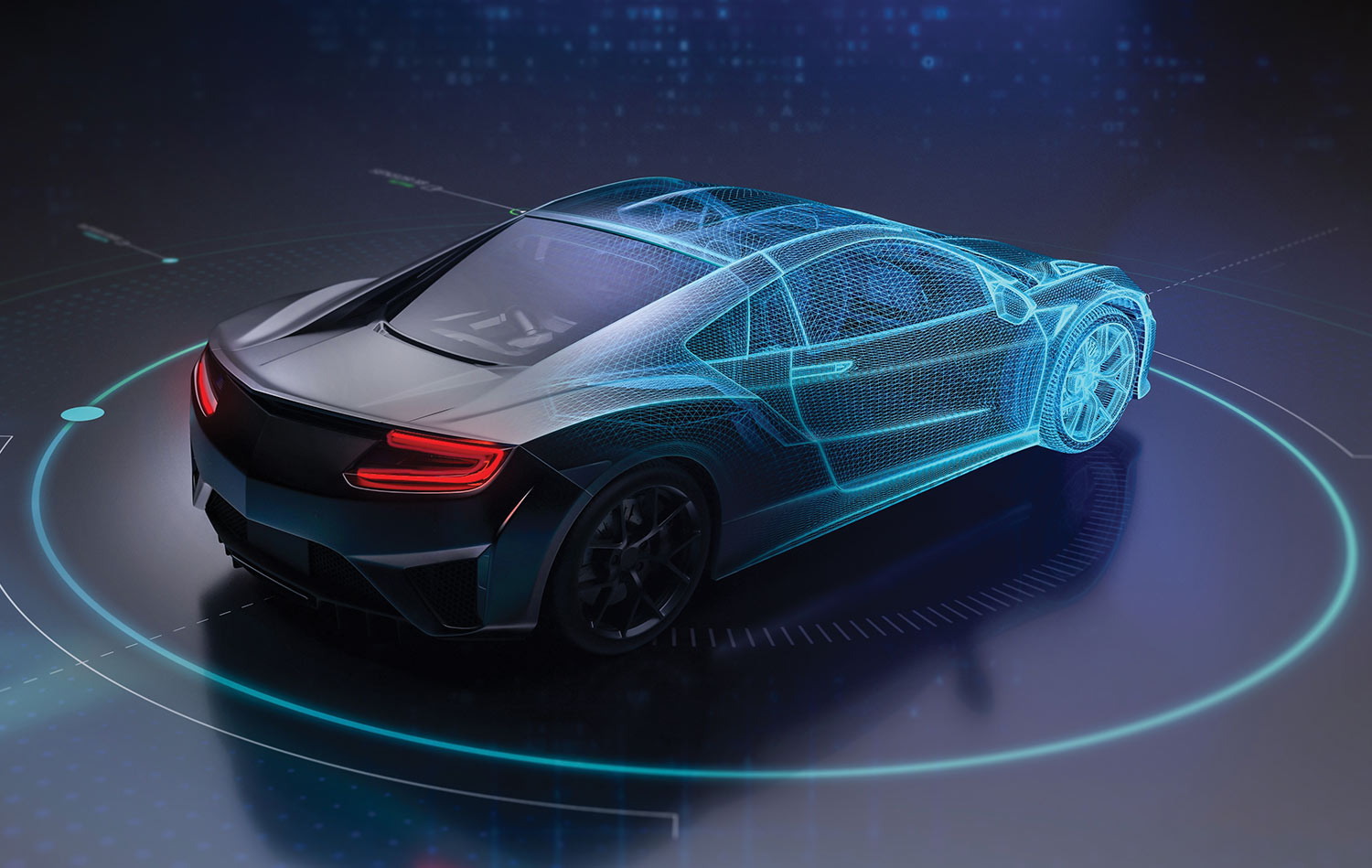
n Part 2 of this article, we shall talk a bit about the antennas used for automotive EMC testing. Specifically, we are going to concentrate on the typical biconical, LPDA, and DRH antennas recommended for CISPR 25, and the DRH antenna recommended for ISO 11452-2.
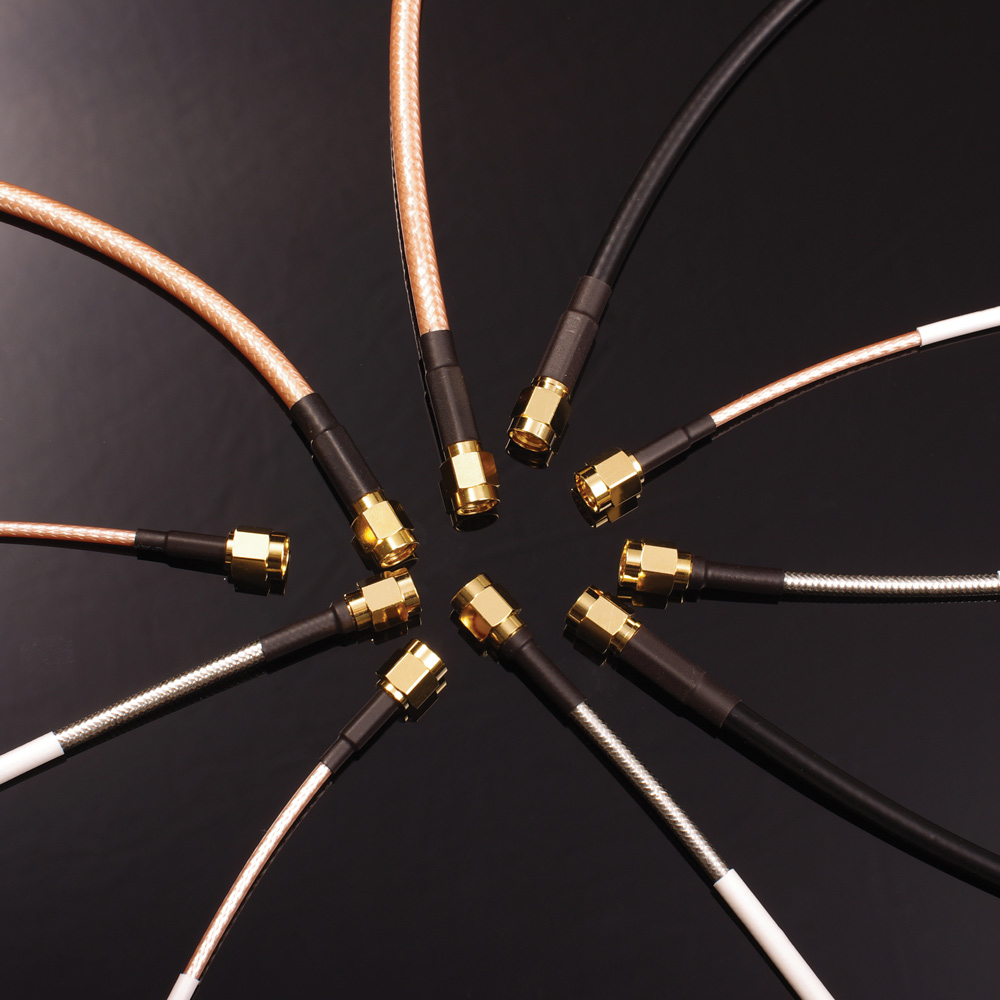
adio signal frequencies rise to the millimeter-wave (mmWave) range as applications such as 5G networks, automotive radar systems, and RF semiconductor probing demand more bandwidth at higher frequencies. Testing is an integral aspect of developing quality new products that will operate in these mmWave frequencies, and coaxial cable assemblies play a vital role in the process.
However, given the complexity of mmWave applications, not just any coaxial cable will do. Critical parameters such as impedance match and insertion loss must be considered to obtain repeatable, reliable test results at higher frequencies. As a result, RF testing for mmWave applications requires unique coaxial cable and connector solutions.
his is the first of the three articles devoted to the Smith Chart and the calculations of the input impedance to a lossless transmission line. This article begins with the load reflection coefficient and shows the details of the calculations leading to the resistance and reactance circles that are the basis of the Smith Chart. A sample Smith Chart is shown in Figure 1, [1].
Quite a daunting picture at first, isn’t it? It isn’t! To gain an insight into it let’s start with some basics of the transmission line model and the load reflection coefficient. It is the load reflection coefficient that is the foundation of the Smith Chart.
previous article (Challenges of Designing System-Level ESD Protection at the IC Level: Misconceptions Regarding Current Flow to the IC [1]) highlighted the challenges an IC designer faces when trying to determine the actual current that will flow into the IC during system-level ESD exposure. Once the current magnitude, duration, and wave shape reaching the IC are established, the next challenge can be addressed—properly designing for the current to flow through the IC, without impacting the system performance. As shown in Figure 1, this requires allowing the system-level current to flow through the board and the IC (both the IC package and die).
It is a common misconception that designing an IC for system-level ESD requirements simply requires an increase in the capability of the ESD cells, which are already present for safe handling ESD requirements, like Human Body Model (HBM). While creating an ESD cell that can conduct system-level ESD current is certainly not a trivial task, there are other significant challenges that must also be addressed. This article will discuss three of those challenges…
or those that follow the “On Your Mark” column, you know that ANSI Z535 and ISO 3864 – the voluntary, consensus standards in the U.S. and internationally – provide critical guidance for developing today’s most effective on-product labels and warnings. That’s why, in our last article, we focused in on understanding the latest safety label formatting options available to you, per the most recent updates to these best practice standards. Now, we’re going to cover specifics on symbol use – one of the fundamental elements of your labels – and options for handling complexities you may be facing.

This experiment investigates the susceptibility of an ECG machine to emissions from unintentional emitters such as Gameboy™, iPod Nano™, and intentional emitters such as a Cell Phone, Portable 2.4GHz Phone, Portable 5.8GHz Phone, and walkie-talkie. Experiments were conducted both in a “lab” and hospital environments. The authors demonstrate…
European medical device regulations state mandatory limits at a distance of 10m, these measurements are performed in far field conditions. However, in many medical scenarios it is difficult to avoid the presence of EMI sources too close to sensitive equipment, and this situation is…
View Index
Smart Grid EMC Standards
April 11-12
AMTA and Seattle IEEE EMC Chapter Regional Event
April 11-14
Applying Practical EMI Design & Troubleshooting Techniques
Advanced Printed Circuit Board Design for EMC + SI
Mechanical Design for EMC
April 13-14
Principles of EMC
April 15-16
Applied Measurement Uncertainty for Testing Laboratories
April 16-19
A2LA Annual Conference
2023 IEEE International Symposium on Product Compliance Engineering
May 16-19
Applying Practical EMI Design & Troubleshooting Techniques
Advanced Printed Circuit Board Design for EMC + SI
Mechanical Design for EMC
May 16-17
EMC and Compliance International Exhibition and Training
May 22-25
2023 Joint Asia-Pacific Symposium on EMC (APEMC) and International Conference on EMI & C (INCEMIC)
2023 International Instrumentation and Measurement Technology Conference (I2MTC)
May 23
Annual Chicago IEEE EMC MiniSymposium
May 25
EMC Fest 2023
June 11-16
IEEE International Microwave Symposium (IMS)
June 20-22
Sensors Expo & Conference


